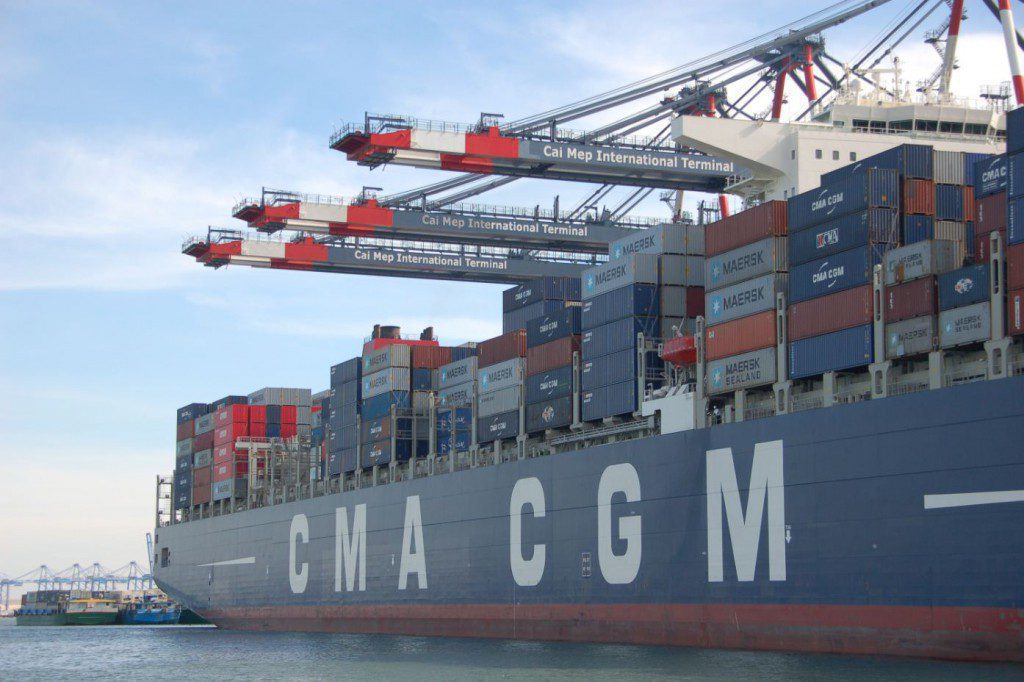French shipping major CMA CGM has signed a Memorandum of Understanding with French electric utility company ENGIE to promote liquefied natural gas (LNG) as the marine fuel for tomorrow’s container vessels.
Under the agreement signed between the parties, CMA CGM and ENGIE are planning to conduct a joint technical and economic study on LNG as a fuel for boxships, as well as a study about the development of engineering specifications for a bunkering vessel adapted to LNG powered container ships, so as to improve over time the logistics chain necessary to fueling this type of vessels, thus promoting their deployment.
The two groups consider that the use of LNG as a marine fuel is destined to expand in the near future and intend to be active players in this development, according to CMA CGM.
“Liquefied natural gas has many environmental advantages. It is undoubtedly the fuel of the future of the maritime shipping industry that will progressively substitute heavy fuel oil over the next few decades. CMA CGM wishes to be a pioneer in this area. And with the agreement with ENGIE this allows the company to move one step closer,” Farid Salem, Executive Officer of the CMA CGM Group, said.
The usage of LNG significantly reduces CO2 emissions, eliminates sulfur oxide (SOx) emissions, and reduces nitrogen oxides (NOx) and particulate matters.
This agreement rounds out the research program undertaken since 2011 by CMA CGM to design ever more environment-friendly large capacity container ships.
In that regard, CMA CGM participates in the development of a “Dual-Fuel” large capacity container ship whose propulsion system offers to choose between using liquefied natural gas or fuel oil only. The company is also a part of the project to design a large capacity container-ship using a combined gas and steam turbine system to power this ultra large container ship.
The “PERFECt” project was launched in 2015 in partnership with DNV GL, GTT, ABB, Caterpillar, and OMT.
Source: http://worldmaritimenews.com


